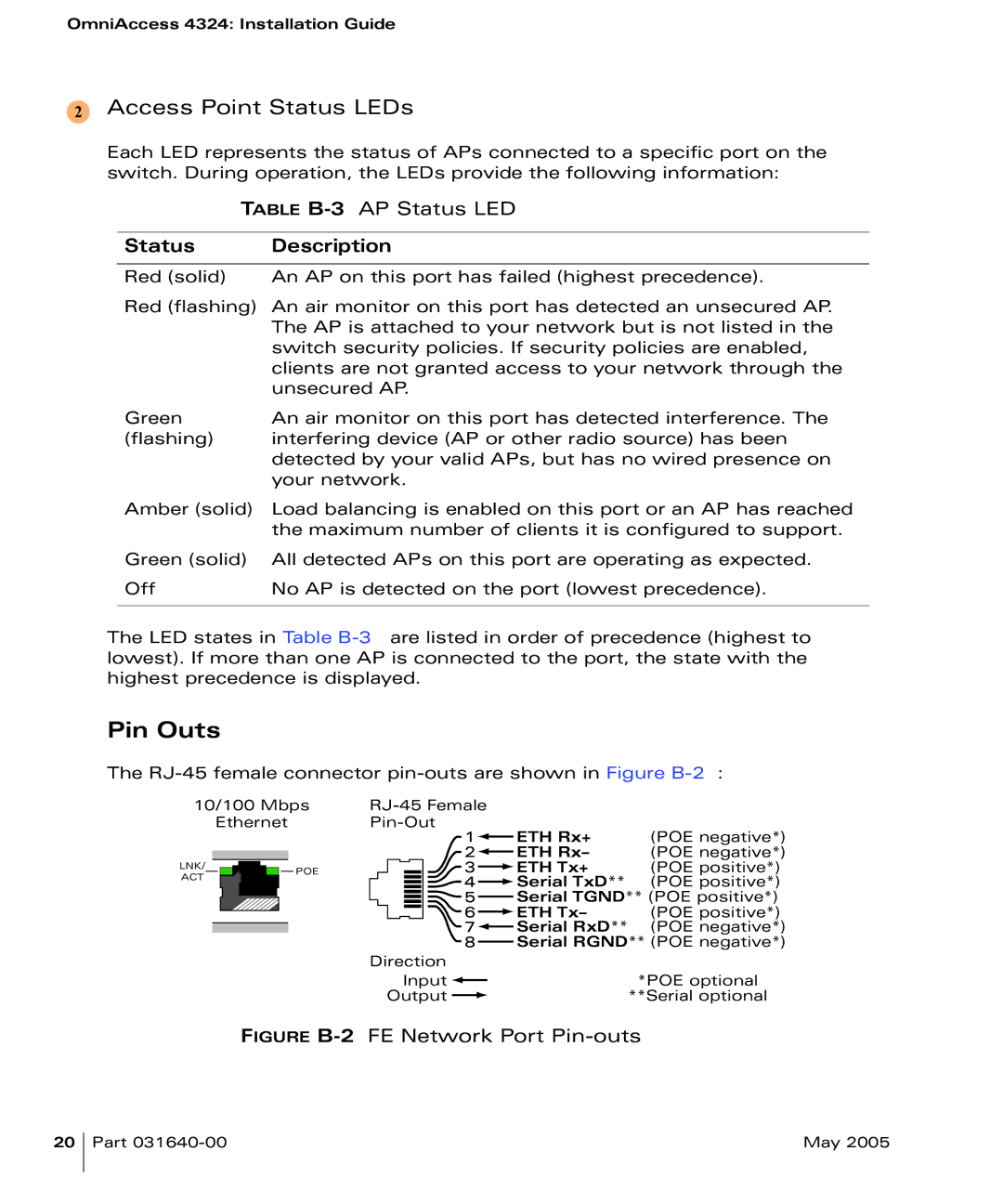4324 specifications
The Alcatel Carrier Internetworking Solutions 4324 represents a significant leap in leveraging advanced networking technologies for service providers and enterprises. This robust solution is designed to meet the increasing demands for high-capacity data transport and versatile routing capabilities in an evolving telecommunications landscape.One of the standout features of the Alcatel 4324 is its high port density, which allows for efficient use of physical space in network infrastructure. With support for multiple interfaces, including Ethernet and TDM, the device ensures compatibility with a wide range of network elements. This versatility makes it an attractive choice for operators looking to streamline their operations while maintaining the ability to scale as demand grows.
The Alcatel 4324 also boasts enhanced service differentiation through Quality of Service (QoS) functionalities, enabling network administrators to prioritize data traffic according to specific service requirements. This feature is crucial for maintaining optimal performance for critical applications, such as VoIP and video conferencing, which are highly sensitive to latency and packet loss.
In terms of technology, the Alcatel 4324 supports MPLS (Multiprotocol Label Switching), allowing for more efficient data routing across complex networks. This technology enhances traffic engineering capabilities, enabling operators to optimize bandwidth usage and improve overall network efficiency. Coupled with MPLS, the support for IP-based and ATM-based services broadens the utility of the device across various networking environments.
The architecture of the Alcatel 4324 is built for reliability and redundancy, ensuring minimal downtime and consistent service availability. Features such as loop-free topologies and resilient routing protocols are integrated to safeguard against potential network failures. Additionally, the device supports advanced management and monitoring capabilities, simplifying the operational tasks of network teams and enabling proactive issue resolution.
Security is also a top priority with the Alcatel 4324, incorporating robust encryption standards and secure access policies to protect sensitive data as it traverses the network.
Finally, the Alcatel Carrier Internetworking Solutions 4324 aligns with emerging trends in the telecommunications industry, including the push towards virtualization and cloud-based services. Its flexibility and high performance make it a valuable asset for service providers navigating the complexities of modern data networks. With the Alcatel 4324, organizations can build a more agile, responsive, and efficient networking infrastructure, ensuring they remain competitive in an ever-changing marketplace.

